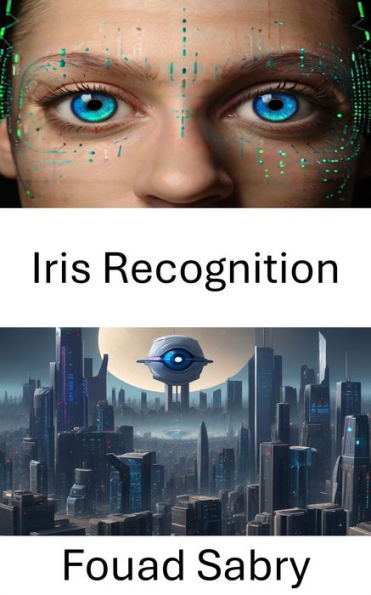What is Iris Recognition
Iris recognition is an automated method of biometric identification that uses mathematical pattern-recognition techniques on video images of one or both of the irises of an individual's eyes, whose complex patterns are unique, stable, and can be seen from some distance. The discriminating powers of all biometric technologies depend on the amount of entropy they are able to encode and use in matching. Iris recognition is exceptional in this regard, enabling the avoidance of "collisions" even in cross-comparisons across massive populations. Its major limitation is that image acquisition from distances greater than a meter or two, or without cooperation, can be very difficult. However, the technology is in development and iris recognition can be accomplished from even up to 10 meters away or in a live camera feed.
How you will benefit
(I) Insights, and validations about the following topics:
Chapter 1: Iris recognition
Chapter 2: Retinal scan
Chapter 3: John Daugman
Chapter 4: Biometric points
Chapter 5: Eye vein verification
Chapter 6: Biometric device
Chapter 7: Private biometrics
Chapter 8: Aadhaar
Chapter 9: Biometrics in schools
Chapter 10: Aadhaar Act
(II) Answering the public top questions about iris recognition.
(III) Real world examples for the usage of iris recognition in many fields.
Who this book is for
Professionals, undergraduate and graduate students, enthusiasts, hobbyists, and those who want to go beyond basic knowledge or information for any kind of Iris Recognition.
What is Iris Recognition
Iris recognition is an automated method of biometric identification that uses mathematical pattern-recognition techniques on video images of one or both of the irises of an individual's eyes, whose complex patterns are unique, stable, and can be seen from some distance. The discriminating powers of all biometric technologies depend on the amount of entropy they are able to encode and use in matching. Iris recognition is exceptional in this regard, enabling the avoidance of "collisions" even in cross-comparisons across massive populations. Its major limitation is that image acquisition from distances greater than a meter or two, or without cooperation, can be very difficult. However, the technology is in development and iris recognition can be accomplished from even up to 10 meters away or in a live camera feed.
How you will benefit
(I) Insights, and validations about the following topics:
Chapter 1: Iris recognition
Chapter 2: Retinal scan
Chapter 3: John Daugman
Chapter 4: Biometric points
Chapter 5: Eye vein verification
Chapter 6: Biometric device
Chapter 7: Private biometrics
Chapter 8: Aadhaar
Chapter 9: Biometrics in schools
Chapter 10: Aadhaar Act
(II) Answering the public top questions about iris recognition.
(III) Real world examples for the usage of iris recognition in many fields.
Who this book is for
Professionals, undergraduate and graduate students, enthusiasts, hobbyists, and those who want to go beyond basic knowledge or information for any kind of Iris Recognition.

Iris Recognition: Illuminating Perspectives on Iris Recognition in Computer Vision
116
Iris Recognition: Illuminating Perspectives on Iris Recognition in Computer Vision
116
Product Details
| BN ID: | 2940168093446 |
|---|---|
| Publisher: | One Billion Knowledgeable |
| Publication date: | 05/05/2024 |
| Series: | Computer Vision , #96 |
| Sold by: | PUBLISHDRIVE KFT |
| Format: | eBook |
| Pages: | 116 |
| File size: | 831 KB |
